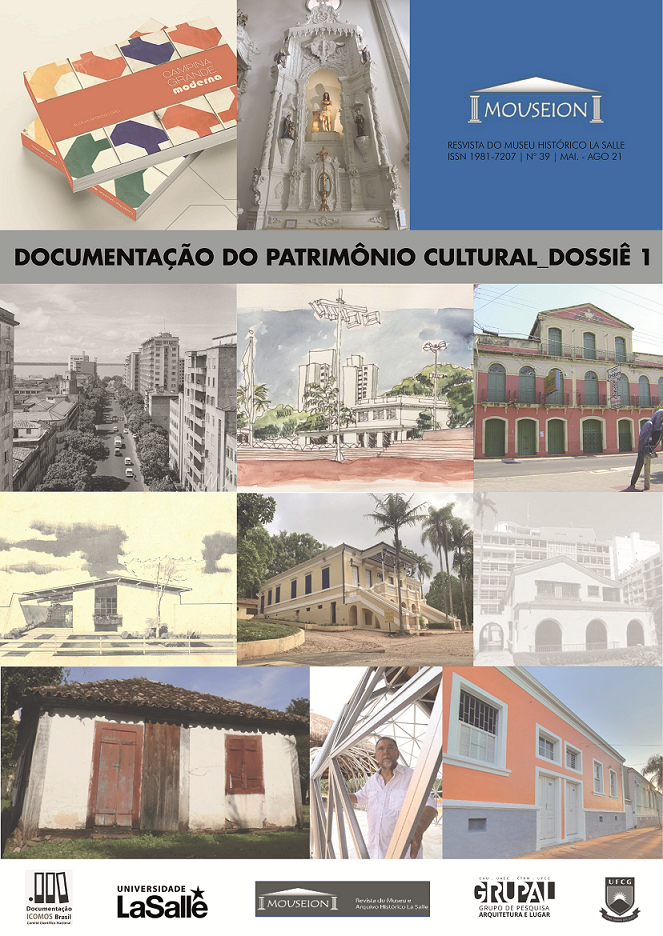The party as cultural heritage: The popular Carnaval in Campina Grande
DOI:
https://doi.org/10.18316/mouseion.v0i39.9064Keywords:
Party, City, Resistance, Cultural HeritageAbstract
This article aims to analyze the carnival festival in the city of Campina Grande in the period 1950-1990, a historical moment in which the residents of popular neighborhoods become participants and producers of this cultural manifestation, taking as an example the Samba School Unidos da Liberdade from the neighborhood of Liberdade. The analyzed narratives demonstrate how the segregated residents live a permanent struggle to conquer the right to use the city, through many forms of resistance and their arts of doing. To guide the analysis, Souza (2002) Silva (1999) Portela (2013) Santos (2008) contribute to the reading of the text city that reveals these plots of resistance. Through photographs, analysis of statements of popular residents and elites, the research showed that the Carnival that was buried was the elite and that the Popular Carnival with its samba school parades never died, given that the peripheral communities fight for the preservation of this intangible cultural heritage, with great strength, unity and creativity.Downloads
Published
2021-11-04
Issue
Section
Dossiê
License
Authors must submit their manuscripts to be published in this journal agree with the following terms:
Authors maintain the copy rights and concede to the journal the right of first publication, with the paper simultaneously licensed under the License Creative Commons attribution that permits the sharing of the paper with recognition of authorship and initial publication in this journal.
Since the articles are presented in this journal of public access, they are of free use, with their own attributions for educational and non-commercial purposes.


